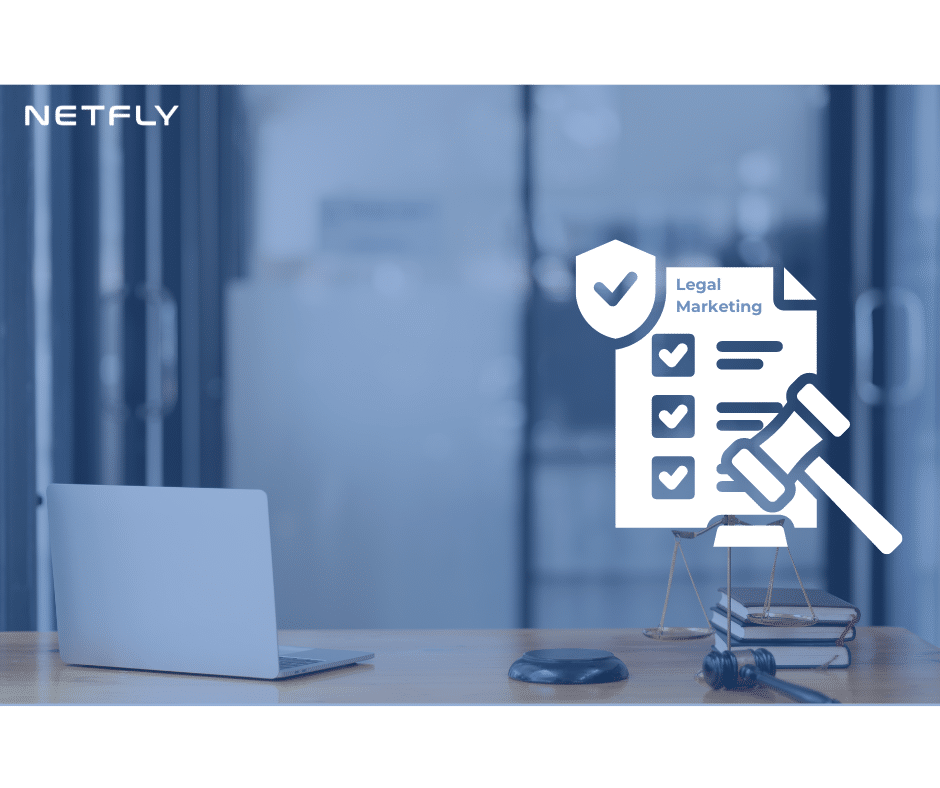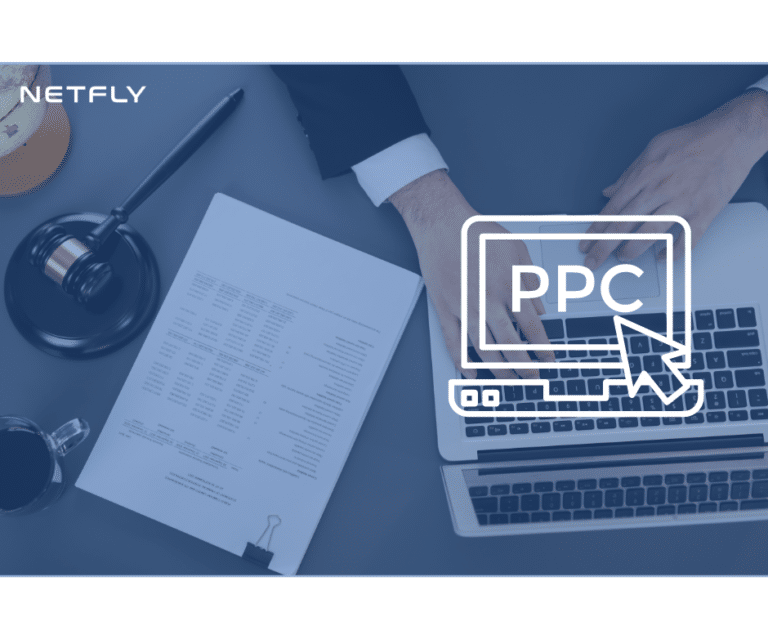When it comes to transforming your law firm’s website into a client magnet, the key lies in strategic optimization and conversion techniques. From capturing user intent to maximizing SEO impact, each step plays an essential role in elevating your online presence. By implementing proven tactics that enhance user experience and drive conversions, you can navigate the digital landscape with confidence. But how exactly can these strategies be tailored to suit your firm’s unique needs and niche? Let’s unravel the roadmap to success in the competitive world of online legal services.
Key Takeaways
- Understanding user intent drives website success.
- Implement SEO best practices for visibility.
- Craft compelling content tailored to audience needs.
- Enhance website speed to retain visitors.
- Utilize social proof for credibility and conversion.
Understanding User Intent
To effectively optimize your law firm’s website, understanding user intent is vital in crafting tailored marketing strategies that resonate with your target audience. User engagement and search intent are two essential components that can greatly impact the success of your website. User engagement refers to how visitors interact with your site, such as the time spent on each page, the number of pages visited, and the actions they take. By analyzing user engagement metrics, you can gain insights into what content is most appealing to your audience and make informed decisions to enhance their overall experience.
Search intent plays an important role in driving organic traffic to your website. It involves understanding the reason behind a user’s specific search query and providing relevant content that fulfills their needs. By aligning your website’s content with different search intents like informational, navigational, or transactional, you can attract a diverse range of visitors and increase the chances of converting them into clients. Additionally, optimizing your website for search intent not only improves its visibility on search engine results pages but also enhances user satisfaction by delivering the information they’re looking for promptly.
Implementing SEO Best Practices
When optimizing your law firm’s website, implementing SEO best practices is essential for boosting your online visibility.
By focusing on SEO fundamentals, conducting thorough keyword research, and fine-tuning your on-page optimization, you can enhance your website’s search engine rankings effectively.
These key points will lay the foundation for a robust SEO strategy that aligns with your firm’s goals and targets the right audience.
SEO Fundamentals
Optimizing a law firm website involves strategically implementing SEO best practices to enhance online visibility and attract potential clients effectively.
Link building strategies play an important role in boosting your website’s authority and relevance in search engine rankings. By acquiring high-quality backlinks from reputable sources, you can establish credibility and improve your site’s organic traffic.
Additionally, focusing on local SEO optimization is essential for law firms targeting specific geographic areas. Optimizing your website for local search terms, creating Google My Business listings, and garnering positive reviews can greatly impact your visibility in local search results.
Incorporating these SEO fundamentals will help your law firm stand out online and attract valuable clients seeking legal services in your area.
Keyword Research Strategies
Implementing effective keyword research strategies is pivotal in maximizing your law firm website’s visibility and attracting valuable clients searching for legal services in your area.
Start by conducting competitor analysis to identify keywords that your competitors are ranking for. This can provide valuable insights into gaps and opportunities for your website.
Additionally, focusing on long tail keywords, which are specific phrases that potential clients are likely to use when searching for legal services, can help you target a more qualified audience.
On-Page Optimization
To enhance your law firm website’s visibility and attract valuable clients, incorporating on-page optimization techniques is essential for implementing SEO best practices effectively. Start by optimizing your meta tags, including title tags and meta descriptions, with relevant keywords to improve your site’s search engine visibility.
Internal linking is another critical aspect that can enhance your website’s SEO performance. By strategically linking relevant pages within your site, you can improve navigation for both users and search engine crawlers, boosting your site’s overall ranking potential.
Crafting Compelling Content
When crafting compelling content for your law firm’s website, you need to focus on:
- Content strategy basics
- Engaging legal audiences
- Conversion-driven copywriting
These key points are essential in capturing and retaining the attention of your target audience, ultimately leading to increased engagement and potential client conversions.
Content Strategy Basics
Crafting compelling content for your law firm’s website requires a strategic blend of engaging narratives and informative insights to captivate your target audience effectively. To achieve this, consider the following key elements:
- Understand Your Audience: Tailor your content to address the specific needs and concerns of your target demographic.
- Optimize for SEO: Incorporate relevant keywords and meta descriptions to enhance visibility and search engine rankings.
- Maintain Consistency: Guarantee a uniform tone and style across all pages for a cohesive user experience.
- Utilize Visuals: Enhance your content with images, infographics, and videos to engage users and break up text-heavy sections effectively.
Engaging Legal Audiences
A strategic approach to engaging legal audiences through compelling content on your law firm’s website involves understanding their unique needs and tailoring your messaging accordingly. Legal content must resonate with your audience by addressing their specific concerns, providing valuable insights, and establishing your expertise in the field.
To increase audience engagement, focus on creating informative articles, blog posts, or videos that offer practical advice, case studies, or legal updates. By crafting content that’s both educational and relevant to your target demographic, you can enhance your credibility and attract more potential clients to your website.
Conversion-Driven Copywriting
To captivate legal audiences effectively and drive meaningful engagement on your law firm’s website, mastering the art of conversion-driven copywriting is paramount. When crafting content for your legal website, keep these key tactics in mind:
- Understand Your Audience: Tailor your messaging to resonate with the specific needs and pain points of your legal clientele.
- Focus on Benefits: Highlight how your services can solve legal problems and improve outcomes for potential clients.
- Utilize Strong Calls-to-Action: Guide visitors towards taking the desired action, whether it’s scheduling a consultation or downloading a legal guide.
- A/B Test and Iterate: Continuously refine your copy based on data and feedback to enhance conversion rates.
Enhancing Website Speed
Enhancing your law firm’s website speed can greatly influence user experience and improve your search engine rankings. Improving performance is vital in today’s digital landscape, where users expect instant access to information. A fast-loading website not only keeps visitors engaged but also signals to search engines that your site is reliable and user-friendly.
Slow websites can lead to high bounce rates, where users quickly leave due to frustration. By optimizing your website speed, you can retain visitors and increase the likelihood of conversion. Users value efficiency, and a speedy website demonstrates your commitment to providing a seamless online experience.
Moreover, search engines like Google consider website speed as a ranking factor. Faster websites are more likely to appear higher in search results, increasing your visibility and attracting more potential clients. By prioritizing website speed, you not only enhance user experience but also boost your online presence.
To enhance your website speed, consider optimizing images, leveraging browser caching, and minimizing unnecessary plugins. Regularly monitor your site’s performance using tools like Google PageSpeed Insights to identify areas for improvement. By investing in website speed optimization, you can set your law firm apart from the competition and establish a strong digital presence that attracts and retains clients.
Optimizing for Mobile Experience
Optimizing your law firm’s website for mobile devices is crucial for maximizing user engagement and search engine visibility.
Check out these key tactics to enhance your mobile experience:
- Mobile Responsiveness: Guarantee your website is fully optimized for mobile devices. This includes responsive design, fast loading times, and easy navigation tailored to smaller screens.
- Conversion Optimization: Implement mobile-specific call-to-actions and forms to streamline the conversion process for mobile users. Make it easy for potential clients to contact you or access important information on-the-go.
- Accelerated Mobile Pages (AMP): Consider implementing AMP to create faster-loading versions of your web pages on mobile devices. This can greatly improve user experience and decrease bounce rates.
- Mobile-Friendly Content: Tailor your content for mobile consumption by using concise paragraphs, bullet points, and clear headings. Ensure that all text is easily readable without zooming in, and optimize images for quick loading times.
Leveraging Social Proof
Considering the impact of social proof on your law firm’s online presence and reputation can greatly influence potential client trust and engagement. Leveraging social proof benefits your firm by showcasing positive experiences and feedback from past clients, creating trust signals that can have a substantial impact on a visitor’s decision-making process. When potential clients see testimonials, reviews, case results, or endorsements from reputable sources on your website, it strengthens their confidence in your firm’s abilities and services.
Social proof serves as a powerful tool in building credibility and establishing authority in the legal industry. By prominently displaying client testimonials or success stories, you provide tangible evidence of your firm’s track record and expertise, making it more likely for visitors to convert into leads or clients. Additionally, featuring badges or certifications from recognized organizations can further enhance your firm’s reputation and trustworthiness.
To maximize the impact of social proof on your website, strategically place testimonials and endorsements on key pages such as your homepage, service pages, or contact page. Make sure that the testimonials are authentic, specific, and relevant to the services you offer. By incorporating social proof effectively, you can create a compelling narrative that resonates with potential clients and differentiates your firm from competitors, ultimately driving higher conversion rates and boosting client acquisition.
Utilizing Call-to-Actions Effectively
When potential clients encounter your law firm’s website, strategically placed call-to-actions can greatly influence their engagement and conversion rates. To optimize the effectiveness of your call-to-actions, consider the following tactics:
- Strategic Placement: Position your call-to-action buttons where they’re easily visible and logically placed within the content flow. Make them stand out with contrasting colors to attract attention.
- Clear and Compelling Copy: Use concise and action-oriented language that clearly conveys the benefit of taking the desired action. Avoid ambiguity and make sure the text is compelling.
- Mobile Optimization: Make certain that your call-to-action buttons are optimized for mobile devices to provide a seamless user experience across all platforms.
- A/B Testing: Experiment with different variations of your call-to-action buttons to determine which designs and copy yield the best conversion rates.
A/B Testing Strategies
To enhance the effectiveness of your marketing strategies, implementing A/B testing can provide valuable insights into optimizing your law firm’s online performance. A/B testing involves comparing two versions of a webpage to see which one performs better with regards to conversion optimization. By systematically testing different elements on your website, such as headlines, images, or call-to-action buttons, you can gather data on what resonates best with your audience.
Website testing allows you to make informed decisions based on real user behavior rather than assumptions. It helps you identify which design or content changes lead to higher conversion rates, ultimately driving more potential clients to engage with your services. Through A/B testing, you can refine your website to be more user-friendly, compelling, and aligned with your business goals.
Analyzing Conversion Metrics
For a comprehensive understanding of your law firm’s online performance, explore the detailed analysis of conversion metrics. When delving into conversion analysis, remember that metric interpretation is key. To optimize your website effectively, consider the following:
- Track Key Conversion Metrics: Identify and monitor essential metrics such as conversion rate, bounce rate, average session duration, and goal completions to gauge your website’s performance accurately.
- Analyze User Behavior: Dive deep into user interactions on your site to understand how visitors navigate, engage, and convert. This analysis can reveal areas for improvement and optimization.
- Utilize A/B Testing: Implement A/B tests to compare different website elements and strategies to see which ones yield better conversion results. This data-driven approach can lead to significant improvements in conversion rates.
- Optimize Conversion Funnels: Map out and analyze the various stages of your conversion funnel to pinpoint any bottlenecks or drop-off points. By optimizing each stage, you can enhance the overall conversion process and increase client acquisition.
Frequently Asked Questions
How Can I Improve My Law Firm’s Website Accessibility for Disabled Users?
To enhance your law firm’s website accessibility for disabled users, consider incorporating assistive technology and following inclusive design principles.
Prioritize user experience by ensuring easy navigation and clear content presentation.
Familiarize yourself with legal requirements to guarantee compliance.
What Role Does Personalized Content Play in Converting Website Visitors?
When it comes to converting website visitors, personalized content plays an essential role. By tailoring your content to meet the specific needs and preferences of each user, you enhance their user experience and increase the chances of conversion.
Content customization can have a profound impact on conversion rates by creating a more engaging and relevant interaction with your audience. Make sure to analyze user behavior and preferences to effectively implement personalized content strategies.
Are There Specific Strategies to Optimize Website Forms for Higher Conversions?
Focus on mobile responsiveness for a seamless user experience. Place strategic call-to-action buttons and design forms that are user-friendly and visually appealing. By prioritizing these elements, you can improve the overall functionality of your website and increase the likelihood of visitors engaging with your forms.
Effective form design and placement can greatly impact conversion rates and enhance the overall user journey on your site.
How Can I Effectively Incorporate Client Testimonials on My Website?
When it comes to showcasing client testimonials on your website, think of them as shining stars in the night sky – each one adding to your credibility and trustworthiness.
Strategically place testimonials where they can catch the eye and build trust with potential clients.
Use these real-life stories to demonstrate your expertise and the value you bring, turning your website into a beacon of social proof that attracts and converts visitors into clients.
What Are the Key Elements to Consider When Designing a Landing Page for Conversion?
While designing a landing page for conversion, prioritize user experience and mobile responsiveness. Utilize color psychology to evoke emotions and guide actions.
Position your call to action strategically for optimal impact. Guarantee easy navigation and fast loading times to keep visitors engaged.
Emphasize simplicity and clarity in your design to drive conversions effectively. Remember, a well-crafted landing page can greatly enhance your client acquisition rates.
Final Thoughts
By implementing these proven tactics, your law firm’s website is now a client magnet. You’ve mastered user intent, SEO, content creation, website speed, mobile optimization, social proof, call-to-actions, A/B testing, and conversion metrics.
Your website is now a powerhouse, attracting potential clients left and right. Keep up the great work and watch as your firm grows exponentially.
Remember, the key to success is continuous optimization and conversion strategies. Keep shining!










